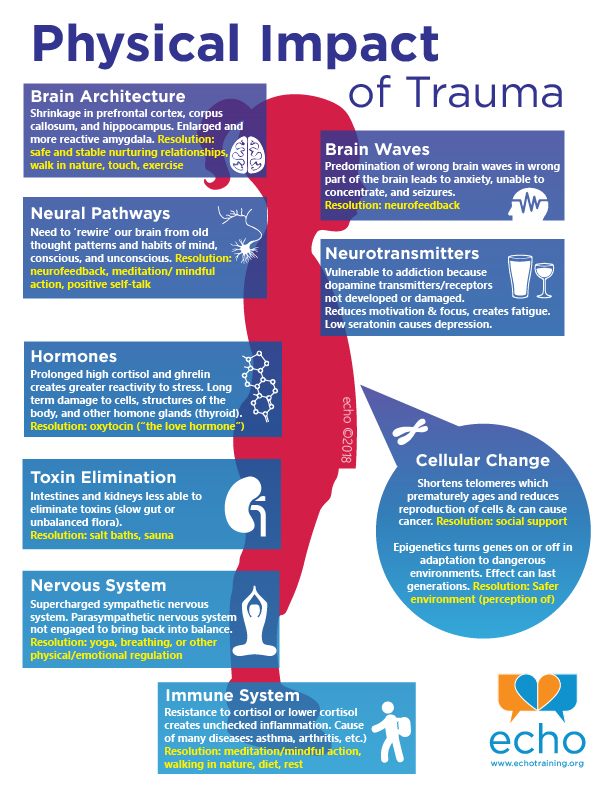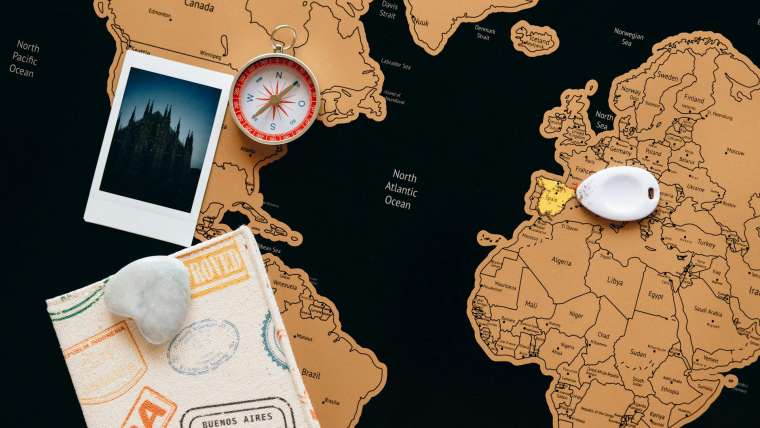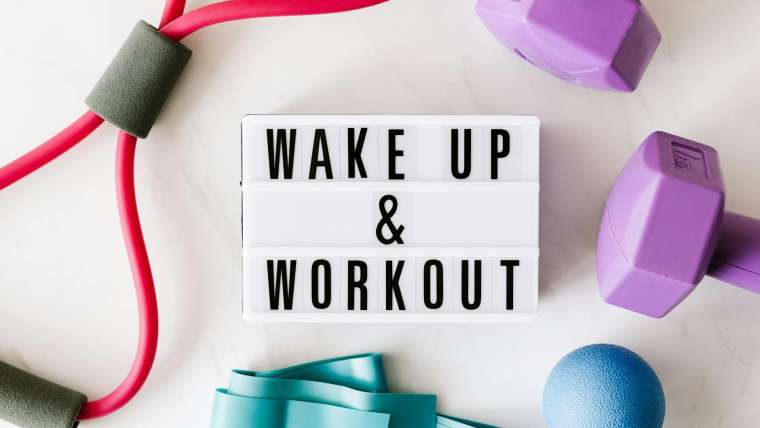Learn how mindfulness practices can help combat the symptoms of PTSD and bring peace and healing to your life.
Table of Contents
- Introduction to Beating PTSD using Mindfulness
- What is PTSD?
- What is Mindfulness?
- Starting Mindfulness for Kids
- Daily Mindfulness Exercises
- Making Mindfulness a Habit
- How to Overcome Challenges
- Mindfulness and Other Kinds of Help
- Sharing Mindfulness with Friends and Family
- Conclusion: A Mindful Journey
- Frequently Asked Questions (FAQs)
Introduction to Beating PTSD using Mindfulness
Welcome to understanding how to beat post traumatic stress disorder (or PTSD) with something cool called mindfulness. Sometimes, people get PTSD when they have experienced or seen something really scary or shocking. Think of mindfulness like a superpower for your brain that can help calm your mind and body, making you feel better.
What is PTSD?
Let’s talk about what PTSD is. Like our bodies might get hurt, our brains can get hurt too by scary things that happen. Post traumatic stress disorder (PTSD) is like a scratch on your brain that makes you feel scared and anxious a lot of the time.
Symptoms of PTSD
Here we’ll discuss signs like feeling scared, sad, or angry, having nightmares or remembering the scary thing over and over.
What is Mindfulness?
Now, let’s figure out what mindfulness is. Imagine if you could be like a superhero and just push away all the icky stressed-out feelings. That’s kind of what mindfulness does. It teaches you to focus on what’s happening right now and not worry about other stuff.

Image courtesy of psychotherapyacademy.org via Google Images
Mindfulness Activities
In this part, we’ll explore easy things you can do, like breathing exercises and paying close attention to the things around you. It’s like using a magic shield to protect your brain from scary thoughts and feelings. You can practice mindfulness by taking deep breaths and feeling the air go in and out of your nose or by looking at all the colors and shapes around you, focusing on each one like it’s the most important thing in the world.
How Mindfulness Helps with PTSD
When scary or shocking things happen, our brains can feel a bit wobbly, like they have a scratch that won’t go away. That’s where post-traumatic stress disorder (PTSD) comes in. It’s like feeling scared and worried a lot because of something that happened before.
Mindfulness is like a superhero power for your brain. It helps to calm the wobbly feelings and make you feel stronger and happier. Think of it as a healing tool that gives your brain some super cool tricks to feel peaceful and safe.
Remembering scary things or feeling afraid all the time can be tough. But with mindfulness, you can learn to focus on what’s happening right now. That way, it’s like turning the volume down on the scary memories and turning up the volume on feeling strong and calm.
Starting Mindfulness for Kids
Just like tying your shoes or riding a bike, you can learn mindfulness step by step. It’s all about training your brain to be strong and calm, just like a superhero! Mindfulness is like having a magical power that helps you feel better when you’re stressed or worried. It’s like a secret code that only cool kids like you know how to unlock!
Where to Start
When you’re ready to begin your mindfulness journey, find a quiet spot where you can sit comfortably. You can start by just taking a few deep breaths and noticing how your body feels. Paying attention to your breath is like a superpower that can help calm your mind and body.
Fun Ways to Practice
Who said mindfulness had to be boring? You can turn it into a fun game! Try playing “Mindful Simon Says” where you have to listen carefully to what your body needs, or have a “Mindfulness Scavenger Hunt” where you look for things that make you happy. The possibilities are endless!
Remember, practice makes perfect. The more you do mindfulness exercises, the easier they will become. Soon, you’ll be a mindfulness master, ready to take on any challenges that come your way!
Daily Mindfulness Exercises
Let’s dive into some super easy exercises you can do every day to help calm your mind and body. Imagine having secret tools like a ‘breathing break’ or ‘senses countdown’ to use whenever you feel stressed out.

Image courtesy of www.psychosocialsomatic.com via Google Images
Mindfulness Exercises:
One simple exercise you can try is a ‘breathing break.’ Find a quiet spot, close your eyes, and take slow, deep breaths in and out. Feel your chest rise and fall with each breath. This can help you feel calm and focused.
Another cool exercise is a ‘senses countdown.’ Sit quietly and notice five things you can see, four things you can touch, three things you can hear, two things you can smell, and one thing you can taste. This helps bring your attention to the present moment and away from worries.
By practicing these exercises regularly, you’ll train your brain to stay focused and calm, making it easier to manage stressful situations.
Making Mindfulness a Habit
Remember, just like you brush your teeth every day to keep them healthy, practicing mindfulness regularly can keep your brain healthy too! It might feel a bit strange at first, like trying a new flavor of ice cream, but with time and practice, it will become a natural part of your day.
Setting Up a Routine
To make mindfulness a habit, try setting aside a specific time each day to practice. It could be in the morning after waking up, before bedtime, or even during lunchtime. Having a routine helps your brain know when to expect mindfulness and makes it easier to remember to do it.
Start with Short Sessions
When you first begin practicing mindfulness, start with short sessions, like 5-10 minutes. It’s like trying to lift a light weight before moving on to heavier ones. As you get more comfortable, you can gradually increase the time you spend on mindfulness exercises.
Practice Makes Perfect
Just like playing your favorite video game or learning a new dance move, practicing mindfulness regularly is the key to making it a habit. The more you do it, the easier and more enjoyable it will become. Think of it as training your brain to be a mindfulness superhero!
| Benefits of Mindfulness for PTSD | Explanation |
|---|---|
| Reduced Anxiety | Mindfulness techniques help individuals focus on the present moment, reducing anxiety about past traumatic events. |
| Improved Emotional Regulation | Practicing mindfulness can help individuals better regulate their emotions and respond to triggers in a healthier way. |
| Increased Self-Awareness | Mindfulness practices can increase self-awareness, helping individuals recognize and address negative thought patterns and behaviors. |
| Enhanced Resilience | Mindfulness can improve resilience to stress and trauma, making it easier for individuals to cope with PTSD symptoms. |
Stay Consistent
Consistency is the secret ingredient to forming a habit. Even on days when you feel busy or tired, try to squeeze in a few minutes of mindfulness. It’s like watering a plant – the more you nurture it, the stronger and healthier it grows. So, don’t give up, keep at it!
How to Overcome Challenges
Sometimes, trying new things can be tough, especially when it comes to dealing with post traumatic stress disorder (PTSD). But don’t worry, everyone faces challenges, and there are ways to overcome them. Here are some tips to help you keep going and not give up on becoming a mindfulness champ!

Image courtesy of ampeduplearning.com · In stock via Google Images
One way to overcome challenges is to take things one step at a time. Just like learning a new game, mindfulness can take practice. If it feels hard at first, that’s okay! Give yourself time to get used to it and don’t be too hard on yourself.
Another helpful tip is to ask for support from someone you trust. Talking to a friend, family member, or teacher about how you’re feeling can make a big difference. They can offer encouragement and help you stay motivated on your mindfulness journey.
It’s also important to remember that setbacks are normal. If you have a bad day or forget to practice mindfulness, don’t get discouraged. Instead, think of it as a chance to start fresh and keep moving forward.
Lastly, believe in yourself! You are capable of overcoming challenges, no matter how big they may seem. With dedication and perseverance, you can continue on your path to better mental health and resilience. Stay positive, stay strong, and keep practicing mindfulness to conquer any obstacles that come your way.
Mindfulness and Other Kinds of Help
While mindfulness is amazing, sometimes we also need other kinds of help, like talking to a special grown-up called a therapist. We’ll look at how mindfulness and talking to someone who understands can work together to make you feel awesome again.
When something feels too heavy for you to handle all by yourself, that’s when talking to a therapist can be really helpful. Imagine them as your fearless sidekick, ready to help you defeat the scary stuff that’s bothering you. They’re like a guide who knows all the secret ways to make you feel better.
Therapists are trained to listen to your feelings and thoughts without judging you. They can teach you cool tricks just like mindfulness but also help you understand why you feel the way you do. It’s like having a super smart friend who can help you solve puzzles in your brain.
When you mix mindfulness with therapy, it’s like having a powerful team on your side. Mindfulness helps you stay calm and focused in your daily life, while therapy dives deeper into those tough memories or feelings that bother you. Think of it as a dynamic duo, working together to make sure you’re in tip-top shape.
Remember, asking for help is like telling the world you’re ready to be the best version of yourself. So, don’t hesitate to reach out and let mindfulness and therapy team up to make you feel like a superhero again!
Sharing Mindfulness with Friends and Family
You know what’s better than learning cool mindfulness tricks? Sharing them with your friends and family! We’ll see how you can help others feel great with mindfulness too.

Image courtesy of www.echotraining.org via Google Images
Mindfulness is for Everyone
Mindfulness is like a special gift that anyone can enjoy. Whether it’s your little brother feeling upset about a bad day at school or your mom feeling stressed about work, mindfulness can be a superpower that helps them feel better.
Teaching Mindfulness
Imagine showing your friends a fun breathing exercise or teaching your grandma how to do a calming mindfulness game. By sharing what you’ve learned about mindfulness, you can make a positive impact on the people you care about.
Practicing Together
Just like playing games or doing puzzles together, practicing mindfulness can be a fun activity for the whole family. You can have mindfulness sessions where you all sit quietly and focus on your breathing or do a mindful walk outside together.
By including your friends and family in your mindfulness journey, you not only help them but also strengthen your own mindfulness skills. So, go ahead and share the magic of mindfulness with your loved ones!
Conclusion: A Mindful Journey
As we come to the end of our mindfulness adventure in understanding how it can help beat PTSD, remember that every superhero starts somewhere. Just like practicing a new skill or game, learning mindfulness takes time and effort. But with a little practice each day, you’ll become the superhero of your own mind!
Throughout our journey, we discovered how mindfulness is like a magical tool that can heal your brain from scary memories, making you feel calm and strong. By focusing on the present moment and letting go of worries, you can train your brain to be resilient and brave.
So, don’t be discouraged if mindfulness feels challenging at first. Just like learning to ride a bike or swim, it takes time to get the hang of it. Remember, progress is more important than perfection, and every step you take is a step towards feeling better.
With each mindful breath and exercise, you’re building a habit that will keep your brain healthy and happy. And if you ever face challenges or setbacks along the way, remember that it’s okay to ask for help from a trusted grown-up, like a therapist, who can support you on your mindfulness journey.
So keep practicing, keep exploring, and most importantly, keep being kind to yourself. You’re on your way to becoming a mindfulness champ, and with each moment of mindfulness, you’re taking control of your thoughts and feelings. You’ve got this!
Frequently Asked Questions (FAQs)
What if mindfulness feels weird or hard at first?
It’s totally normal if mindfulness feels weird or hard when you first start trying it. Just like learning to ride a bike or play a new game, it might take some time to get used to it. But don’t worry, we’ll give you some encouragement to stick with it and show you that with a little practice, it can start feeling more natural.
Can mindfulness make all my worries go away?
Mindfulness won’t make all your worries magically disappear, but it can help you manage them better. It’s like having a superhero cape that helps you feel calmer and more in control when worries pop up. Remember, it’s okay to have some worries sometimes, and mindfulness can teach you how to deal with them in a healthy way.
How long does it take for mindfulness to help with PTSD?
Everyone’s mindfulness journey is different, so it’s important to be patient with yourself. Some kids might start feeling better after practicing mindfulness for a little while, while others might need more time. The key is to keep trying and not give up, because mindfulness can be a powerful tool for healing your mind and body.
Is mindfulness fun?
Absolutely! Mindfulness can be as fun as playing your favorite games. There are lots of creative and engaging activities you can do to practice mindfulness, like mindful coloring, breathing exercises, or even mindful walking in nature. It’s all about finding what works best for you and enjoying the process of taking care of your mental health.




